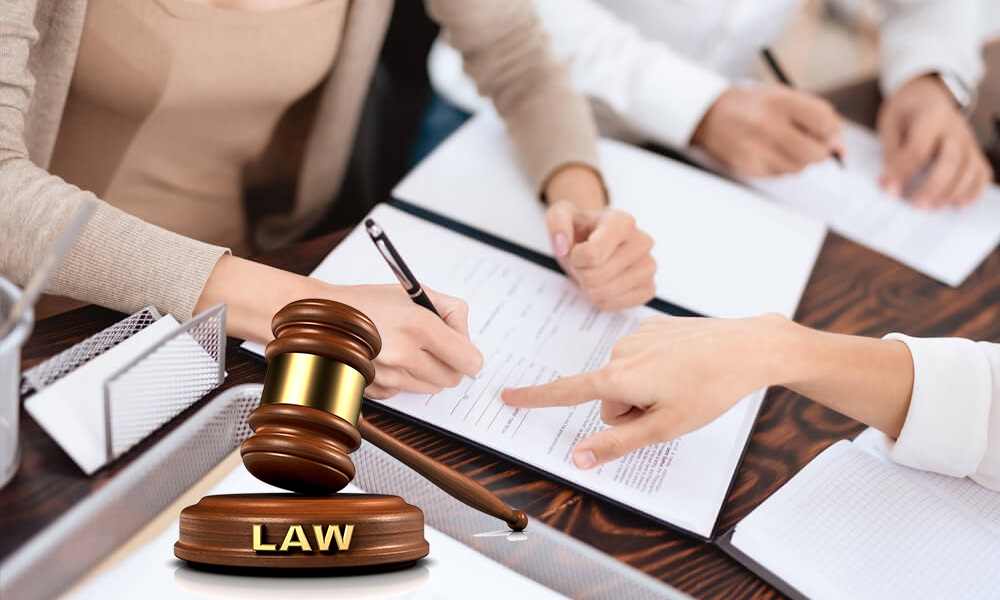If you want to avoid accidents and be on the right side of the law while enjoying cycling—an environmentally friendly and fun way to get around—then you must make safety and compliance your top priorities. This all-inclusive manual covers all the bases, from how to ride a bike safely and legally to when to get a bicycle accident lawyer for help.
Bicycle Safety should be a priority.
Riders should always prioritise cycling safety. Important precautions to take are as follows:
- Protect Your Head: In the event of a fall or accident, wear a helmet that fits properly. When riding in poor light, using lights and wearing reflective clothes is a good idea.
- Ensure Your Bicycle Is in Good Working Condition: Regularly check your bike for damage. If there are any problems with the brakes, tyres, or lights, fix them immediately before you go on a ride.
- Watch Out For Other Cyclists: Cyclists must observe all traffic laws like drivers do. This entails signalling a turn, halting stop signs and red lights, and giving way to pedestrians. Follow the traffic flow and, if feasible, use the bike lanes.
- Ensure you are Visible: Bicycle lights and reflectors can help pedestrians and drivers see you. For the most safety while riding during the day, wear brightly coloured clothing.
Cyclists Must Comply With Laws
For legal and safe cycling, it is vital to understand and follow all applicable rules and regulations. By law, cyclists must follow all posted lane markers, traffic signs, and signals. This involves stopping at stop signs and red lights, giving way to pedestrians, and indicating turns with hand signals. When possible, use the bike lanes established for your use. Unless you’re about to make a left turn, are trying to avoid obstacles, or are trying to pass slower cars, you should ride as far to the right as you can in an area without a designated bike lane.
Cyclists must give way to pedestrians and provide them with plenty of room when riding on sidewalks or shared paths. Be careful and make your presence known if you are going to pass a pedestrian. Being a cyclist does not allow you to be distracted while riding. Because they hinder your reaction time to possible dangers, distractions like utilising headphones or electronic devices should be avoided.
Understanding When to Get in Touch With a Lawyer
While most rides are risk-free, there is always the chance of an accident or legal trouble. The following situations warrant the involvement of an attorney:
- If you suffer severe injuries in a bike accident, such as broken bones, brain damage, or spinal cord injuries, it is essential to see a lawyer. You can seek reimbursement for medical expenses and lost pay with the help of an attorney who can guide you through the legal process.
- With the help of a lawyer, you can fight for just reimbursement for damages or medical expenditures while dealing with insurance companies. They can deal with insurance adjusters to ensure you get the money you deserve.
- A lawyer can help clear up any confusion regarding who is legally liable after a bike accident. They will be able to investigate the accident and provide you with their professional opinion on your legal alternatives and rights.
- When a cyclist tragically dies as a result of an accident or some other cause, their family may seek compensation through a wrongful death claim. Legal counsel from someone specialising in wrongful death claims can be a great comfort at this difficult time.

